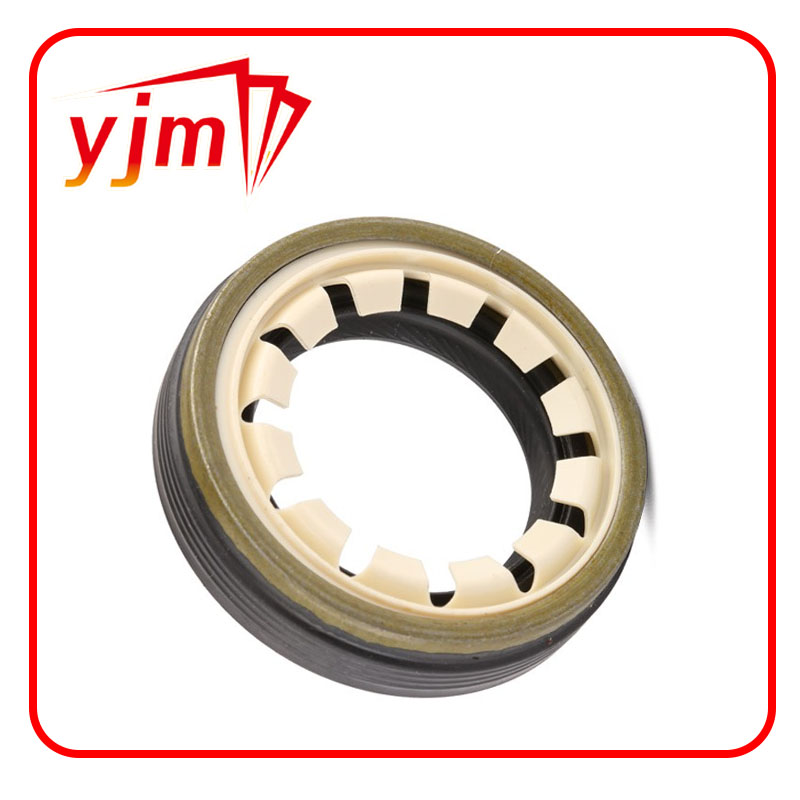Exploring the Importance of Power Steering Shaft Seals in Vehicle Performance and Maintenance
Understanding the Power Steering Shaft Seal Importance, Function, and Maintenance
The power steering system in a vehicle plays a crucial role in enhancing driving comfort and safety. One key component of this system is the power steering shaft seal, which can often be overlooked but is vital for the efficient operation of steering mechanisms. This article explores the function, importance, and maintenance of the power steering shaft seal.
What is a Power Steering Shaft Seal?
The power steering shaft seal is a critical sealing component located where the steering shaft intersects with the steering gear, often in hydraulic power steering systems. Its primary role is to prevent fluid leaks from the power steering system, ensuring that the necessary hydraulic fluid remains contained and does not escape. The seal is typically made from durable rubber or synthetic materials capable of withstanding the heat and pressure generated within the steering system.
Importance of the Power Steering Shaft Seal
1. Fluid Retention The seal maintains the necessary hydraulic pressure within the power steering system, which is essential for smooth steering. If the seal deteriorates or fails, it can lead to a loss of fluid, resulting in poor steering performance and increased effort required to turn the wheel.
2. Protection Against Contaminants The power steering shaft seal also serves as a barrier against dirt and contaminants. These foreign particles can lead to the breakdown of hydraulic fluid and cause premature wear on steering components, which can be costly to repair.
3. Enhanced Safety A properly functioning power steering system is critical for vehicle safety. A compromised seal can lead to unpredictable steering behavior, increasing the risk of accidents. Therefore, maintaining the integrity of the power steering shaft seal is essential for safe driving.
Signs of a Failing Power Steering Shaft Seal
Recognizing the symptoms of a failing power steering shaft seal is essential for timely intervention
. Some of the common signs include- Fluid Leaks Spotting hydraulic fluid under your vehicle is often the first indication of a failing seal. This fluid is typically reddish or yellow in color and has a distinctive smell.
power steering shaft seal

- Steering Difficulty If you notice increased resistance when turning the steering wheel, it could be a sign that your power steering system is losing hydraulic pressure due to a bad seal.
- Noisy Steering Unusual whirring or groaning noises when turning the wheel may indicate low fluid levels caused by leakage, often due to seal failure.
Maintenance and Replacement
To prolong the life of the power steering shaft seal, regular maintenance is key. Here are some tips
1. Regular Inspections Periodically check your power steering fluid levels and inspect the system for leaks. Early detection of leaks can save you from more serious problems in the future.
2. Fluid Replacement Over time, power steering fluid can become contaminated. Follow your vehicle manufacturer’s recommendations for fluid replacement to ensure optimal system performance.
3. Professional Help If you suspect a problem with your power steering shaft seal, it is advisable to consult a professional mechanic. They can assess the situation and recommend whether the seal needs to be replaced.
If the seal does need replacement, it's crucial to ensure high-quality parts are used, as substandard seals can lead to further issues down the road.
Conclusion
The power steering shaft seal is a small but essential component in the overall functionality and safety of a vehicle's steering system. By understanding its importance and recognizing the signs of wear, drivers can take proactive steps to maintain their power steering systems, ensuring a smoother, safer driving experience. Regular inspections and timely repairs will not only enhance steering performance but also extend the lifespan of the entire power steering system.
-
Understanding Automotive Oil Seals: Essential Components for Engine and Shaft Protection
News Jul.30,2025
-
The Importance of Heavy Duty Seals in Industrial and Residential Applications
News Jul.30,2025
-
Exploring Industrial Oil Seals: From Felt Oil Seals to TTO and CFW Solutions
News Jul.30,2025
-
Essential Guide to Oil Seals: From Radial to Metal-Cased Seals for Industrial Reliability
News Jul.30,2025
-
Choosing the Right Oil Seals and Gaskets for Industrial and Automotive Applications
News Jul.30,2025
-
Cassette Seals: Durable Sealing Solutions for Harsh Environments
News Jul.30,2025
-
Understanding the Front Main Engine Seal: Purpose, Maintenance, and Installation
News Jul.29,2025
Products categories















